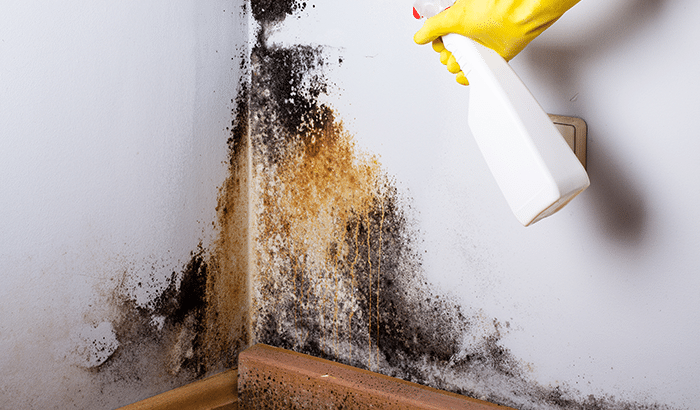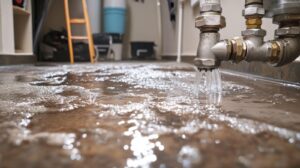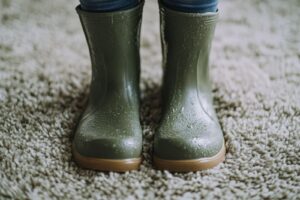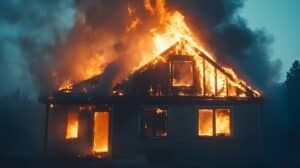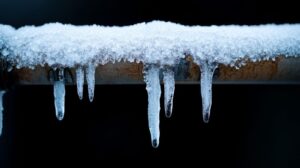We know you want to prevent it from growing in your home, so here’s everything you need to know about mold. We’re talking types of mold, signs you’ve been exposed to it, and how it grows indoors instead of staying outside, where it belongs.
Mold is a Fungi
Mold is part of the ecosystem. It’s a type of fungi, which is a living organism that helps break down plant and animal matter. Sounds important, right? It is, and it’s welcome, as long as it stays outside to do its job. It’s when mold grows indoors that it becomes a problem.
Indoor Molds
Mold makes its way inside through the tiny spores it releases into the air. These spores float around and make their way inside. You’re likely to find mold in dark, damp places. That’s where it thrives. If you’re learning about mold, you’ll want to know what types you might find growing in your home.
Cladosporium
This mold is brown, green, or black and grows on wood, carpets, fabrics, and heating/cooling ducts.
Penicillium
This mold is blue, green, or yellow and grows under carpets, in basements, and in insulation. It thrives with water damage.
Aspergillus
This mold is green, white, or gray. It looks powdery. You’ll find it growing on fabrics, in walls, attics, and basements, and on dry food items.
Alternaria
This mold is white with black spots, making it hard to miss. It grows in fabrics and wallpapers. It can grow in any room of your house if it has the right environment to thrive.
Aureobasidium
This mold is pink with black spots. It’s less common, generally only growing on wood, walls, caulking, and grout.
Stachybotrys chartarum
Have you ever heard of black mold? This is the scientific name for that. This mold grows where there’s a lot of cellulose. Examples include paper, fiberboard, and drywall.
Trichoderma
This mold starts out creamy white but turns green. You’ll find it on wood and windows in bathrooms and kitchens.
If you think you’ve found mold in your home, try drizzling bleach onto it. The color should get lighter after a few minutes if it’s mold. Also, keep in mind that mold will continue to grow if you don’t treat it right away. Something that looks like a stain might be mold if the spot gets bigger. You can also spot mold if the area around it is warped, cracked, or peeling.
About Mold Allergies
Not everyone is allergic to mold. But you might be if you’re chronically dealing with the following symptoms:
- runny nose and congestion
- eye irritation
- sneezing
- coughing
- sore throat
- skin rash
- headache
- lung irritation
- Wheezing
Mold allergies are treatable with the proper medications. We recommend going to the doctor if you’re experiencing these symptoms.
Black Diamond Restoration
If you find mold in your home, it’s essential to treat it right away to prevent and eliminate allergies and keep your home in good condition. Black Diamond Restoration is here to help! We are experts at detecting mold, treating it, and preventing it from growing back. Contact us today if you think mold is growing in your home.
toto slot
